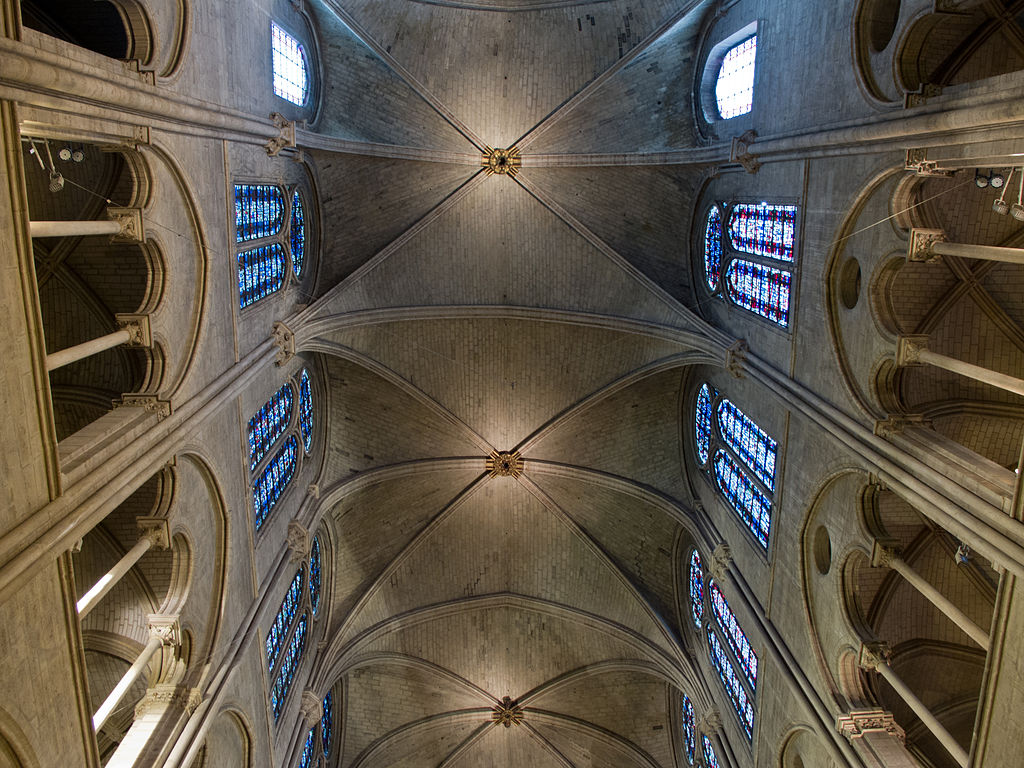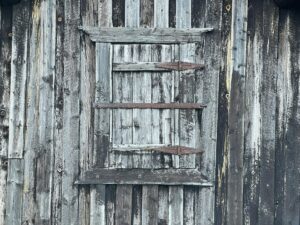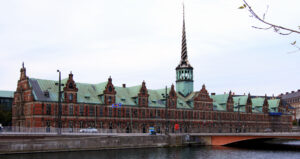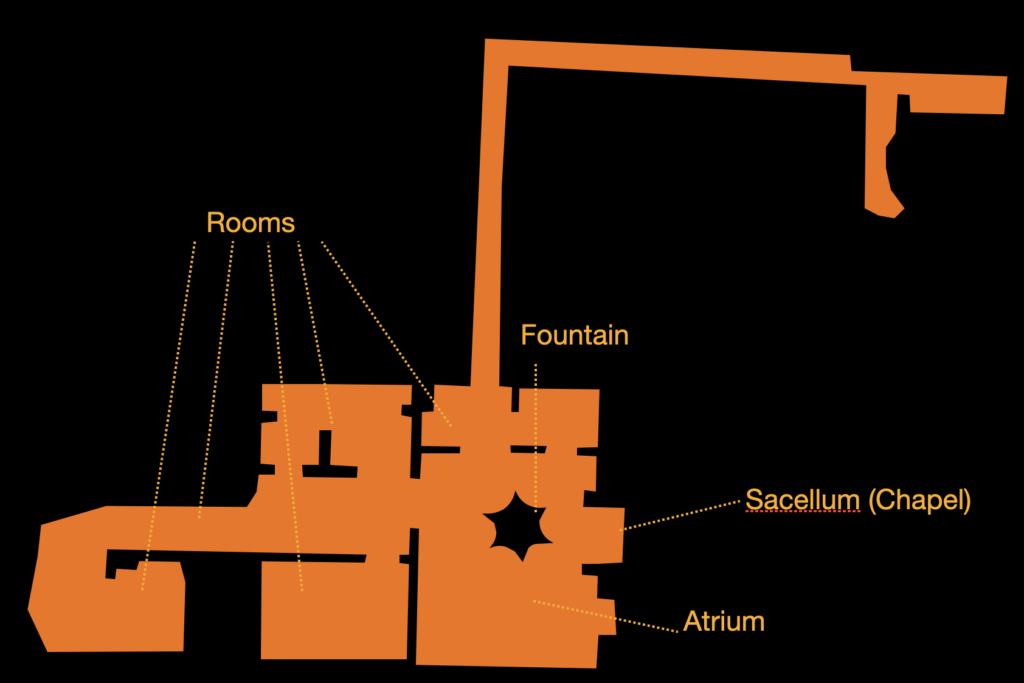Risk of Restoration Works: Six Years of Fire in Venice

The problem of restoration-rehabilitation sites fires and their consequent severe damages to the historic-artistic heritage seems to not receive the due attention yet. There is probably a lack of adequate information, which would allow such heavy risk emerge and enable to establish the necessary landmark upon which the consequent initiatives could be organized.
The contribution of Mr Stefano Zanut (Italian Firefighters Corps), which is a part of a research carried out by Venice University Institute of Architecture (I.U.A.V. – Istituto Universitario di Arhitettura di Venezia), aims to begin filling up that gap through the data analysis provided by the Firefighters Corps operating in Venice, where, because of building fabric typology existing there, every of its building sites can be identified as “restoration site” of an heritage building.
In recent years, the significant fires that have occurred in our country have drawn attention to the vulnerability of artistic and cultural heritage to such events. The urban context in which these fires took place played a crucial role in magnifying their impact, given the prevalence of combustible materials in the building fabric. This article delves into the analysis of fire incidents, focusing on the conditions and causes, with a particular emphasis on construction sites. The aim is to highlight the importance of considering fire risk from the planning phase of a building site, especially within the unique context of the artistic and cultural heritage.
In Italy safety aspects, including fire safety, at construction sites are regulated by Legislative Decree 494/94, which enforces Council Directive 92/57/EEC. However, fire safety is often overshadowed by a predominant focus on other aspects of safety, and its consideration is usually prompted by specific cases or regulatory impositions.
To shed light on the issue, this article analyzes data from the reports of the Venice Fire Department over a six-year period (1997-2002). The information extracted from these reports offers insights into the frequency, causes, and outcomes of fire interventions associated with construction sites.
A comparison between the number of fire interventions at construction sites, total interventions, and authorized construction sites provides valuable context. The data reveals trends in fire incidents, their alleged causes, and the materials involved in the combustion process.
The analysis extends to the gravity of events, intervention durations, and the lead times for firefighters to reach the fire site. The time-of-day and day-of-week trends are also explored, emphasizing the vulnerability of construction sites during closing hours.
Initiatives undertaken at the Department for the Architecture Construction of Venice University Institute of Architecture include the development of a fire risk analysis route. This ongoing project aims to identify critical phases in construction site management and revise work procedures connected with fire risk, integrating them into the Safety Operational Plan.
The findings underscore the heightened fire risk during construction site activities, emphasizing the need for proactive measures during the planning phases. The complex interplay of factors, including the structure, construction site conditions, and environmental context, necessitates a comprehensive approach to fire risk assessment. Addressing fire risk from the inception of construction site planning ensures a more resilient and fire-resistant built environment, especially critical when dealing with the preservation of artistic and cultural heritage.
The paper has been presented during the international meeting Cultural Heritage and Fire Protection Issue – Siena, 23rd May, 2008: zanut_110_118






